Introduction Augmented Reality (AR) and Virtual Reality (VR) technologies have been around for many years and are steadily becoming more affordable and accessible. Both AR and VR use technology to augment a user's experience of the real world with digital information overlaid upon the environment. These technologies are often referred to as immersive technologies due
Introduction
Augmented Reality (AR) and Virtual Reality (VR) technologies have been around for many years and are steadily becoming more affordable and accessible. Both AR and VR use technology to augment a user’s experience of the real world with digital information overlaid upon the environment. These technologies are often referred to as immersive technologies due to their capacity to completely immerse the user in a digital scene. A recent study by Technavio predicts AR/VR market revenue will surpass $30 billion by 2020. Many major companies including Microsoft HoloLens, Google Glass, Samsung Gear, and Apple have invested heavily in developing AR and VR products.
Overview of Augmented Reality
An augmented reality application works by overlaying digital content onto the physical objects and spaces surrounding us. This digital content may be related to our current location, where we are looking at, what we are wearing, who we are talking to, or any other object or space that exists in the real world. An example would be if we were standing near a restaurant and could view the menu through the app – without having to go inside and physically look at the menu. Another example would be if you were using a camera-enabled device like a smartphone, you could take a picture of your pet, and then overlay a text box over it containing information about the picture. In general, augmented reality applications are currently designed to work best in either stationary environments or fast-moving environments. There are not many examples of mobile AR apps yet.
How does AR/VR Work?
The core components of AR/VR technology are two types of sensors: cameras and motion sensors. Camera devices capture information about the physical world around us, while motion sensor devices measure changes in the position of the body and create data on movement. When these data sets are combined, they allow for the creation of a digital model of the real world. Then, digital information like images, video, or sound can be added to the digital model. Finally, the combination of digital and real worlds creates a mixed reality experience.
Types of AR Applications
Several different types of AR applications exist today. Two of the most popular types are the first-person perspective (FPP), and the third-person perspective (TPP). FPP refers to the way the camera captures the information from a specific point of reference. TPP refers to the way the virtual content appears to the viewer.
Examples of AR/VR Apps
Today, AR/VR technology is primarily used in the gaming, entertainment, and 3D visualization industries. Popular games and entertainment experiences that use augmented reality technology include Pokémon Go, Tilt Brush, Minecraft Earth, Pokémon Go, and Second Life. Other industry sectors that use AR/VR technology include architecture, education, healthcare, manufacturing, construction, and transportation. When it comes to 3D visualizations, AR and VR help to see future investments, buildings, houses, designs, and step inside them. This is a perfect solution that allows feeling yourself in something, that hasn’t been built or created yet like it is real. Not all 3D studios offer AR/VR solutions, as this is still a new direction. However, some of them do, for example, Viscato 3D visualization studio. They use this technology for many 3D projects and help their clients to sell more and attract new customers.

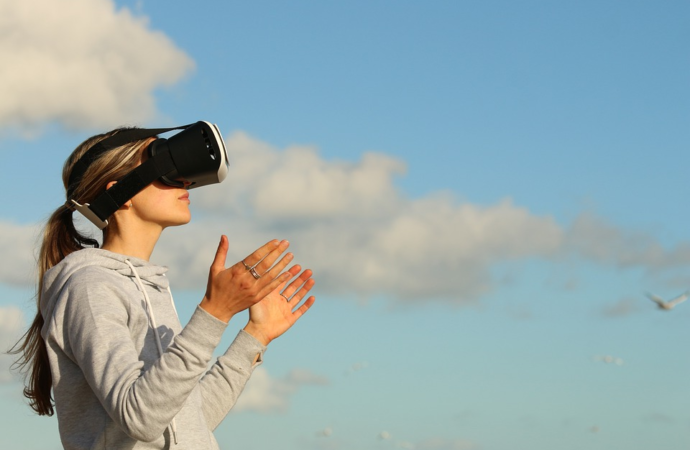
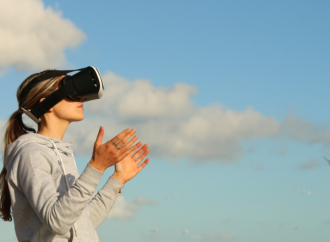
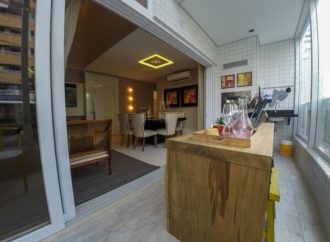



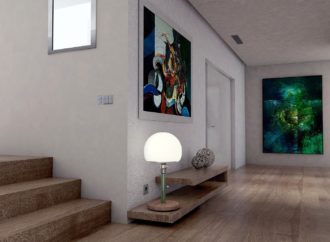

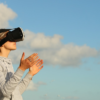





Leave a Comment
Your email address will not be published. Required fields are marked with *